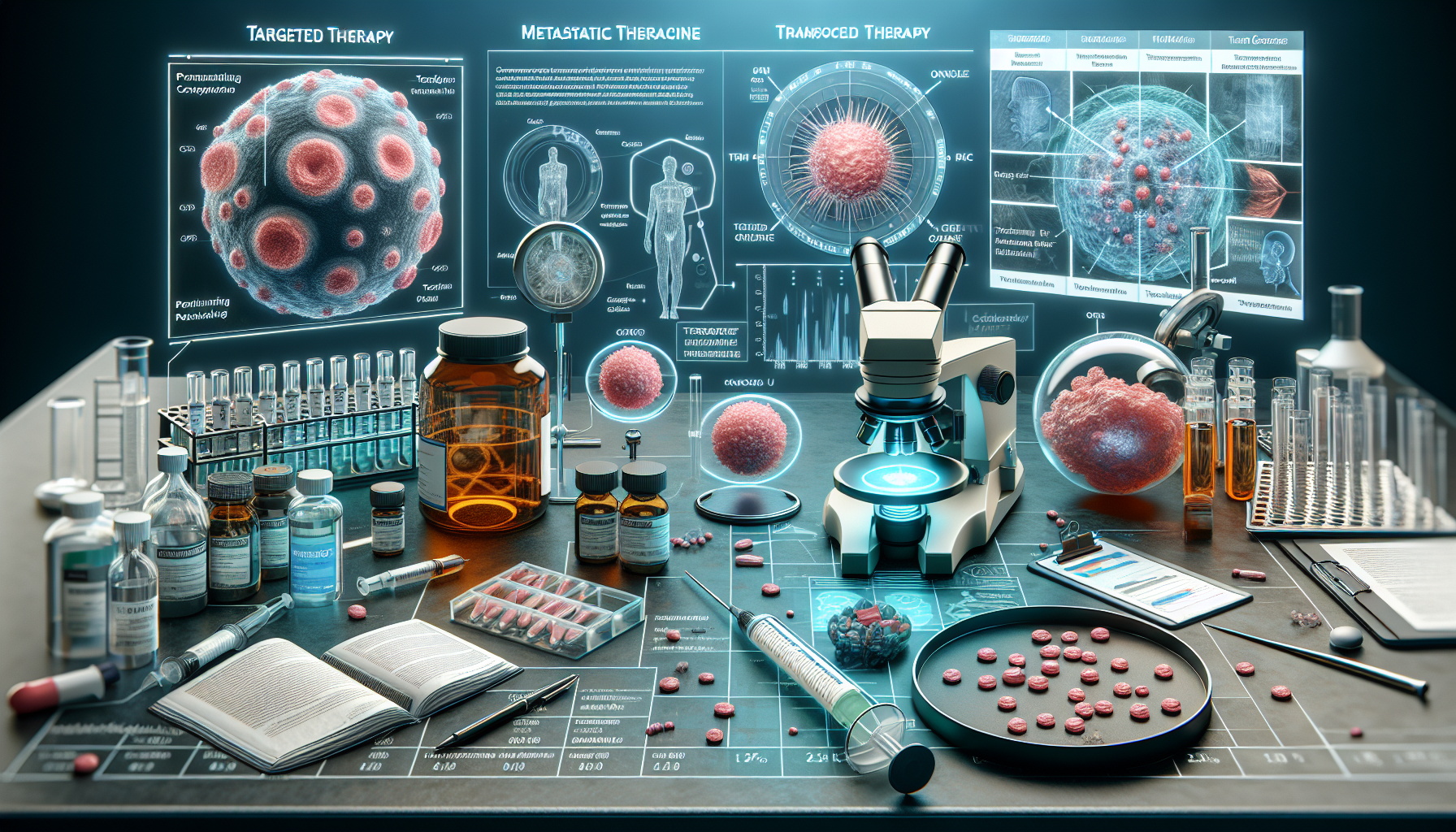AI-Driven Tool Transforming Lung Cancer Diagnosis and Prognosis
Key Takeaways
- AI tool offers unbiased, accurate lung cancer diagnosis.
- HPL program predicts cancer recurrence with high accuracy.
- Innovative AI technology guiding future cancer treatments.
Did You Know?
Introduction to the AI Program
An exciting new development in lung cancer diagnosis is on the horizon. Researchers have created an artificial intelligence (AI) program that utilizes data from hundreds of thousands of tissue images to accurately diagnose adenocarcinoma, the most common type of lung cancer. This AI tool, known as Histomorphological Phenotype Learning (HPL), provides a sophisticated and unbiased second opinion that can aid both patients and oncologists.
Development and Validation
The AI program was developed through a collaboration between NYU Langone Health’s Perlmutter Cancer Center and the University of Glasgow. It draws on structural features of tumors observed in 452 adenocarcinoma patients from the Cancer Genome Atlas, ensuring a rich and varied data set. Detailed analysis enables the AI to independently determine which features are most important for assessing the severity of the disease and predicting its recurrence.
Published in the journal Nature Communications, the HPL program was rigorously tested and found to distinguish between adenocarcinoma and squamous cell cancers with 99% accuracy. Moreover, it predicted cancer recurrence timing and likelihood with 72% accuracy, surpassing the 64% accuracy of human pathologists.
Advanced Diagnostics
This AI tool is noteworthy for its ability to learn autonomously from each patient's unique tissue data. It examines aspects such as the proportion of dead cells, immune response, and the density of tumor cells. This detailed insight provides a comprehensive overview of the patient's condition, making it an invaluable diagnostic and prognostic tool.
Dr. Nicolas Coudray, a study lead investigator, highlights the potential for this technology to revolutionize cancer treatment by offering quick and reliable assessments that could guide treatment decisions.
Clinical Implications
With lung tissue samples now being analyzed rapidly by this AI program, patients receive predictions about the likelihood of their cancer returning in a matter of minutes. These predictions, which are more accurate than current standards, involve calculating the percentage of necrosis or tumor infiltration and translating these metrics into survival chances.
Dr. Aristotelis Tsirigos, co-senior investigator, emphasizes the shift from traditional microscope-based examinations to AI-driven digital analyses. This shift means pathologists will increasingly rely on AI-generated visuals and data to interpret tissue scans.
Future Directions
The research team aspires to extend their AI algorithms to other cancers, including breast, ovarian, and colorectal cancers. This expansion would involve integrating more data from hospital records and socioeconomic factors to further improve accuracy.
Additionally, the HPL program continuously evolves as it processes more data, enhancing its predictive capabilities over time. The researchers have made the programming code accessible online, promoting transparency and encouraging further development.
Conclusion
The AI-driven HPL program represents a significant step forward in the fight against lung cancer. By providing clearer, more accurate analyses of tissue samples, it equips healthcare professionals with the knowledge needed to make more informed treatment decisions, ultimately improving patient outcomes.
References
- Nature Communicationshttps://www.nature.com/articles/s41467-024-48666-7
- NYU Langone Healthhttps://nyulangone.org/news






